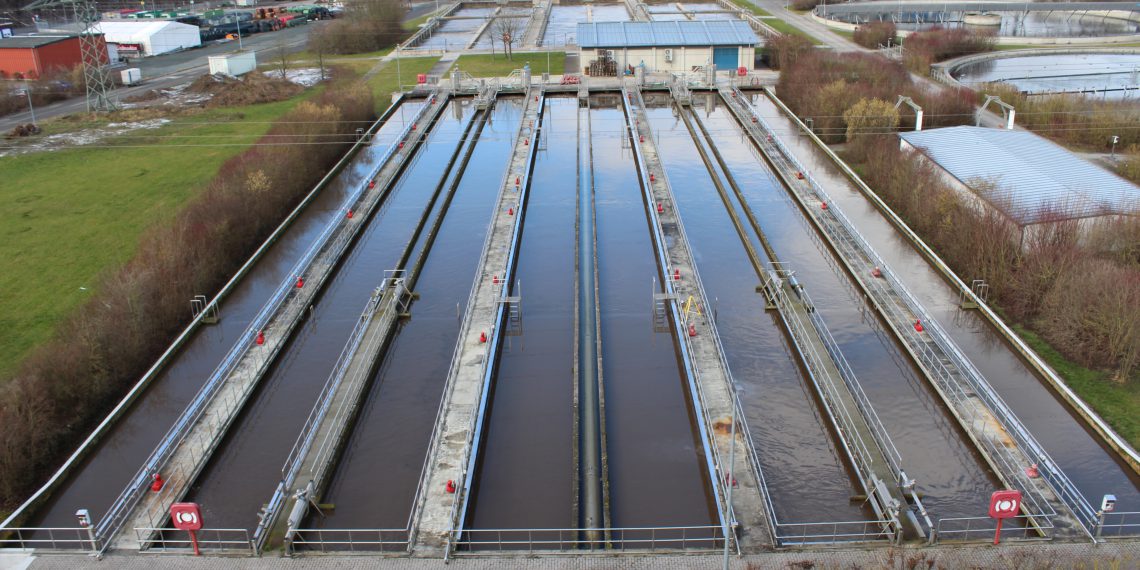Many wastewater treatment plants are actively pursuing a campaign of improved energy efficiency. Bauer Gear Motor optimised the energy use of a plant in Bayreuth, Germany, reducing the environmental burden and the energy costs with an innovative geared motor solution for the plant of the future.
The original system, built in 1999, was composed of multiple 1.5 kW Direct On Line (DOL) asynchronous induction motors running at 50 Hz. The motors were supplied by Bauer Gear Motor (Type BF50-35A/D09LA4-TF‑D) and had been running without any failures since their installation. However, as their energy efficiency couldn’t reach the levels of the latest technology, it was decided to retire the existing system and specify a hi-tech alternative.
As the original equipment supplier was invited to suggest a solution that would continue to operate with the same level of reliability whilst delivering cutting-edge energy efficiency. Bauer’s credentials as a leader for innovative, energy efficient geared motor solutions made it an ideal partner for the project.
The initial request from the client was to replace the original motors with IE3 induction motors — this is what is typically seen as the standard ‘energy efficient solution’ in the water industry. However, as a result of Bauer’s assessment of the facilities, it became evident that the wastewater treatment plant could further benefit from the specification of PMSMs running at the same frequency, 50 Hz.
The benefit with PMSMs was not only the energy savings; they also have the advantage for the customer to control all gearmotors direct from the office via “ProfiNet Bus system”. A further huge benefit proved to be, that with the intelligent inverter duty and bus system, the service technicians can monitor the performance of the motors and immediately see on the monitor if any application isn´t running well.
The EtaK2.0 also provides additional communication and control capabilities. More precisely, the built-on inverters send a constant flow of data to the programmable logic controller (PLC) via the widely used PROFINET industrial ethernet standard connection. This enabled the condition of each unit to be monitored remotely, without the need for physical inspection.
In this way, the wastewater treatment plant could benefit from an automated network and be ready for Industry 4.0 and the Industrial Internet of Things (IIoT). Furthermore, by enabling higher control capabilities, signs of failure could be detected in an easier and quicker way, while minimising maintenance activities and costs.
With this project, the company proved that energy efficiency improvements can not only reduce the costs for generating, transmitting, and distributing energy from power plants to the end facility, but can also substantially reduce operating and maintenance costs.
Biogas technologies for production of biomethane
The untapped feedstock potential for biomethane production in Spain is very large as the country has a very strong food...
Read more
















